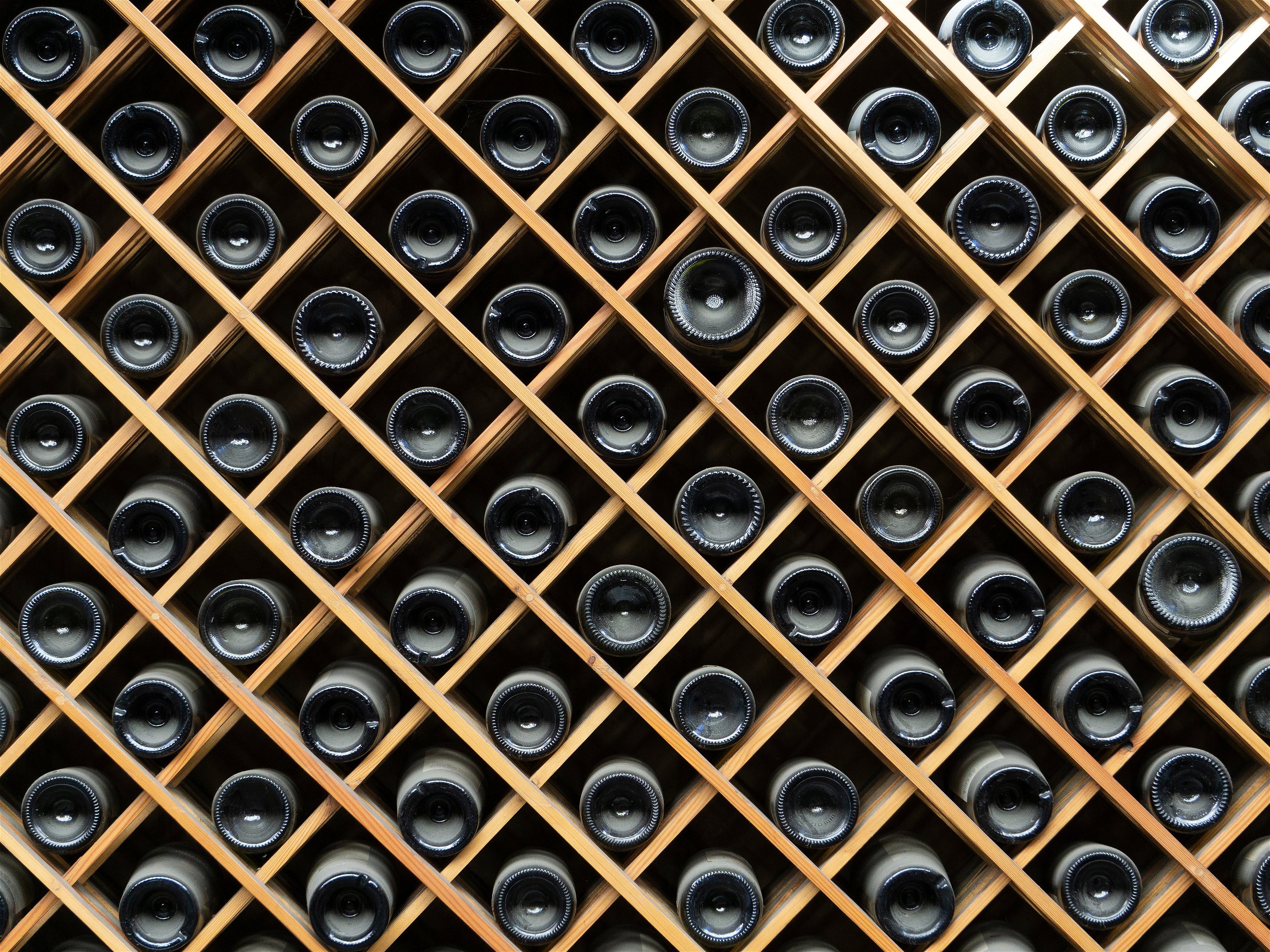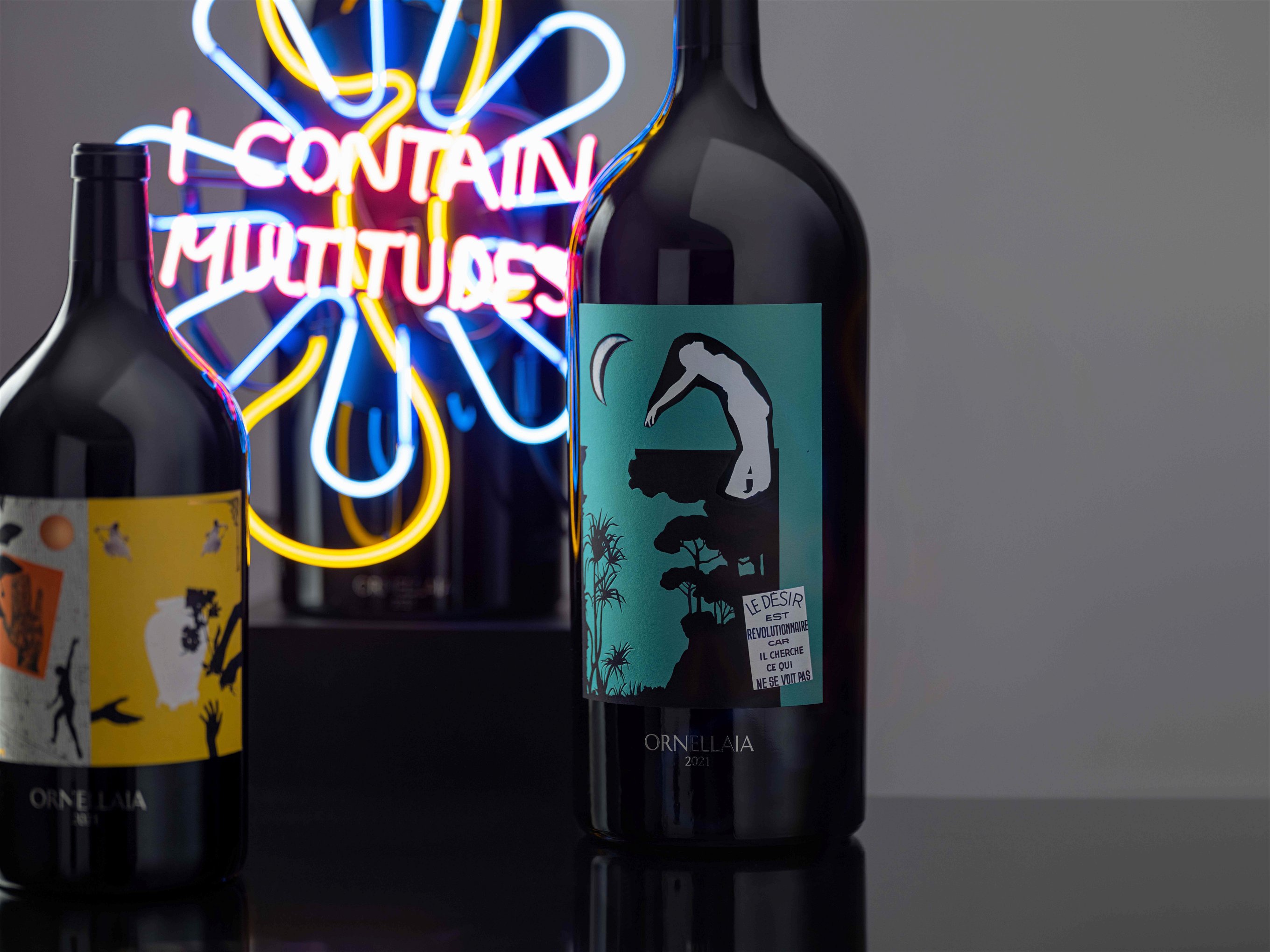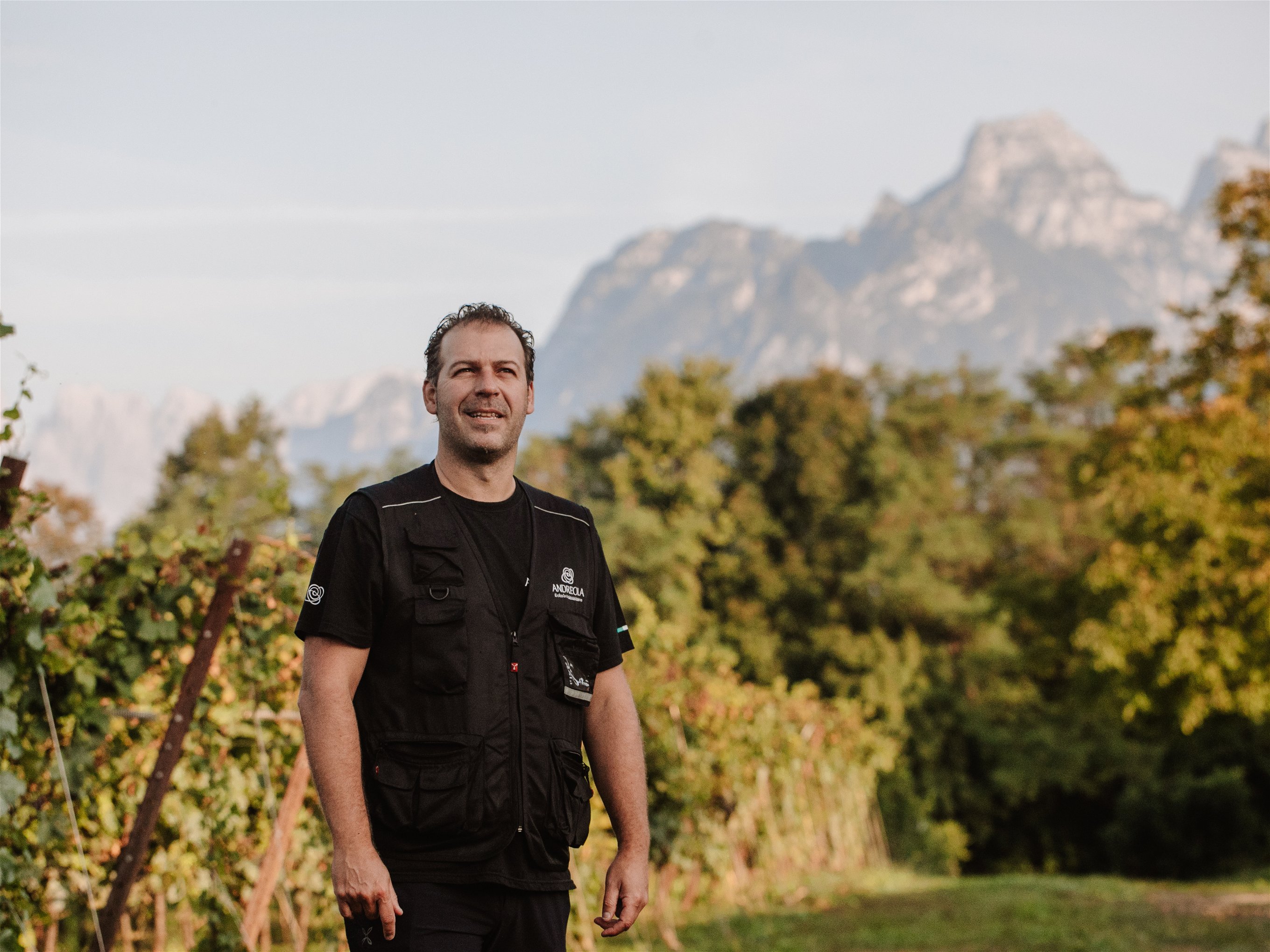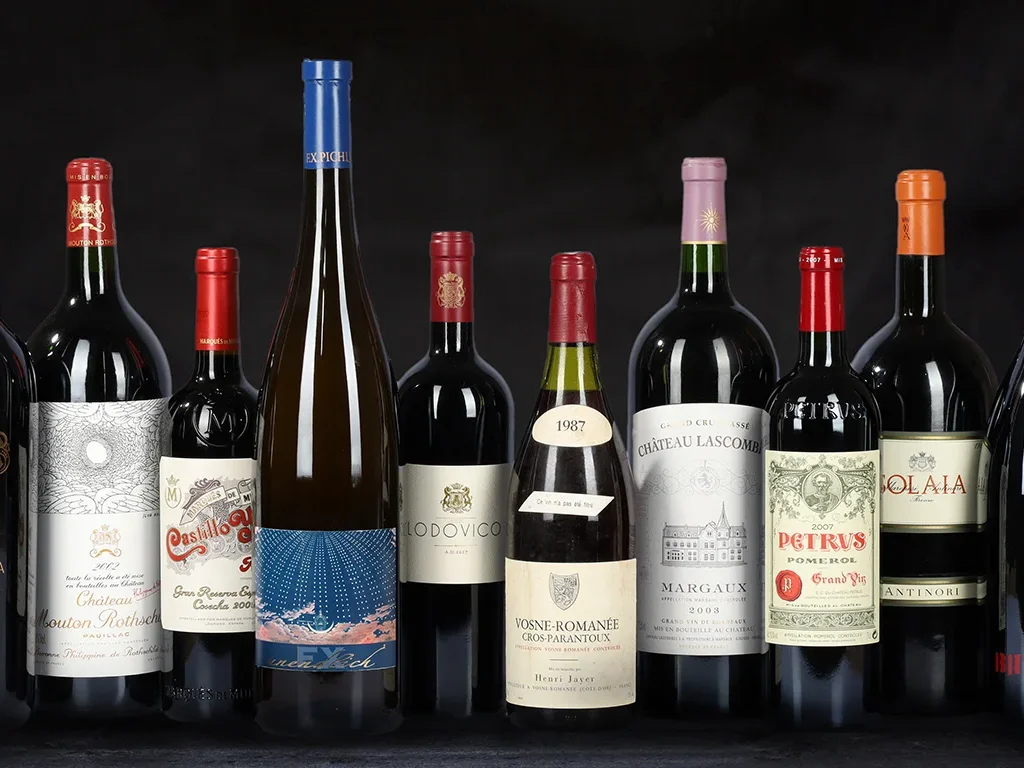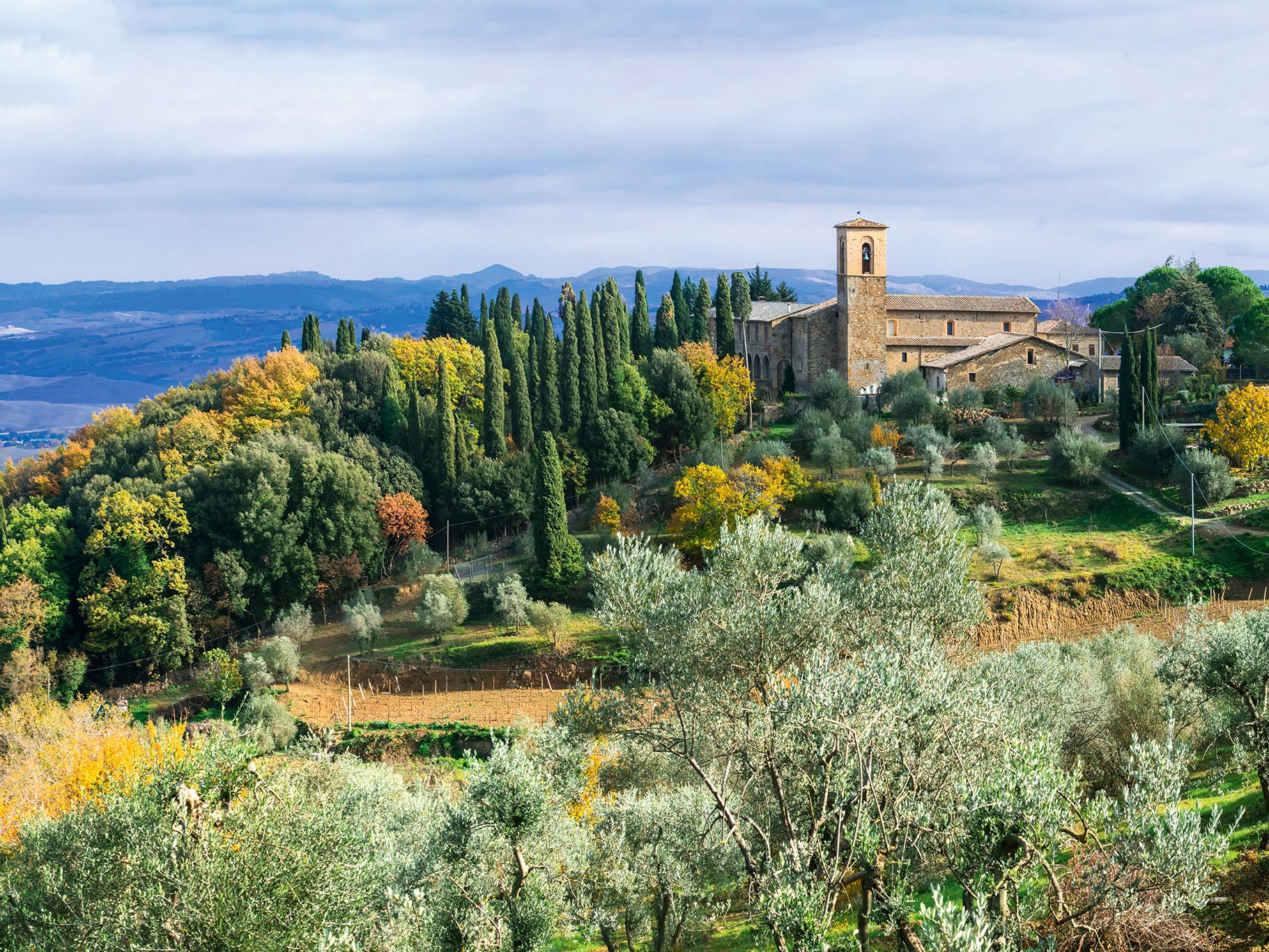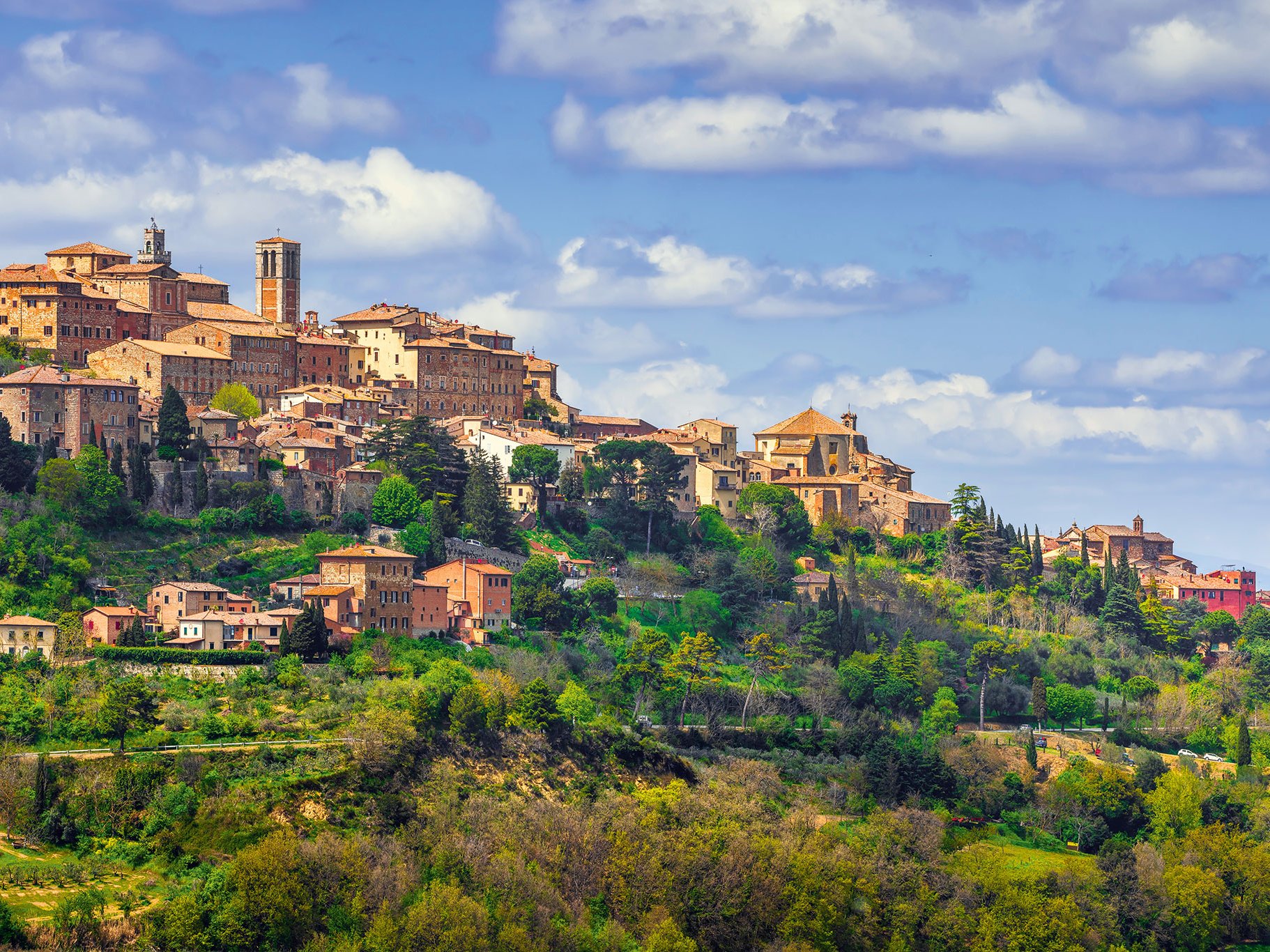The province in northeastern Spain, which today is not exactly blessed with streams of tourists, has had an eventful past. In the early Middle Ages, Aragon was an individual kingdom that gained power and importance after its marriage with Catalonia. With the unification of Spain into one state, Aragon lost much of its importance.
According to documentary evidence, viticulture has been practiced here since the 2nd century BC. Today, the province includes the emerging regions of Calatayud, Campo de Borja and Carinena, as well as the already established Somontano region, which is honoured with a separate title. The three first-mentioned regions have differing grape varieties and stand for fresh and rather light white wines as well as for fruity rosé wines and somewhat more substantial red wines.
While Calatayud has a vineyard area of about 5600 hectares and Campo de Borja has a vineyard area of over 7000 hectares, Carinena is relatively large with about 16,000 hectares under vines. In addition to native varieties such as Macabeo and Tempranillo, there are also many international grape varieties such as Chardonnay, Gewürztraminer, Cabernet Sauvignon or Syrah, resulting in a wide range of wine styles.
In recent years, much has been invested in the regions, and in addition, some dedicated winemakers have ensured that the wines have improved considerably in quality.
Already, some wines show quite a remarkable development and one can assume that all three regions will follow the trend of the top region Somontano.



